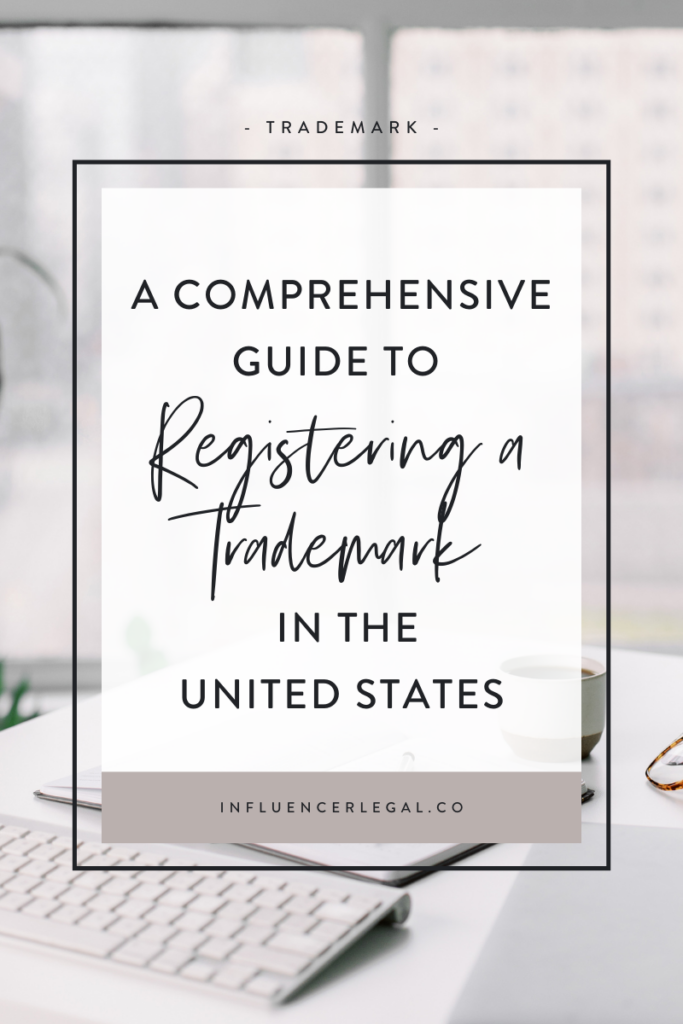
In the dynamic world of business, protecting your brand identity is crucial to standing out from the competition and establishing a lasting market presence. One effective way to safeguard your brand is by registering a trademark. A trademark provides legal protection for your brand’s name, logo, slogan, or any other distinctive identifier. If you’re considering registering a trademark in the United States, this guide will walk you through the essential steps to get started.
1. Understand the Basics of Trademarks
Before diving into the registration process, it’s important to have a solid grasp of what trademarks are and how they work. A trademark is a unique symbol, word, phrase, design, or combination thereof that distinguishes your products or services from those of others. This distinctiveness is what sets your brand apart and helps consumers associate certain qualities with your offerings.
2. Conduct a Comprehensive Trademark Search
Before proceeding with the registration, it’s crucial to ensure that the trademark you want to register is not already in use by someone else. Conduct a thorough search to identify existing trademarks that could potentially conflict with yours. The United States Patent and Trademark Office (USPTO) provides an online database called the Trademark Electronic Search System (TESS) where you can search for existing trademarks. However, it is also important to do a basic web and social media search as well for any name that is the same or similar to yours.
3. Determine the Appropriate Trademark Class
Trademarks are organized into different classes based on the type of products or services they cover. It’s important to identify the correct class or classes that correspond to your goods or services. The USPTO’s classification system follows the Nice Classification, which is an internationally recognized system. Choosing the right class is essential to ensure that your trademark provides protection in the areas relevant to your business.
4. Create a Strong and Distinctive Trademark
A successful trademark is one that is both memorable and distinctive. Avoid using generic terms or phrases that may not be eligible for trademark protection. Instead, aim for a unique and creative identifier that truly represents your brand. It’s also wise to consult with a trademark attorney to ensure your proposed trademark meets legal requirements and is likely to be approved.
5. Prepare and Submit Your Trademark Application
Once you’ve done your research and crafted a strong trademark, it’s time to prepare and submit your application to the USPTO. The application process can be complex, so careful attention to detail is crucial. You can file your application online through the USPTO’s Trademark Electronic Application System (TEAS). The application will require details about your trademark, the classes it belongs to, and a specimen showing the trademark in use.
6. Respond to USPTO Actions
After you submit your application, the USPTO will review it for completeness and potential conflicts. They might issue an office action requesting additional information or modifications to your application. It’s important to promptly respond to any such actions to keep the process moving forward.
7. Maintain and Protect Your Trademark
Once your trademark is registered, it’s your responsibility to maintain and protect it. Trademarks need to be renewed periodically to maintain their validity. Additionally, you should actively monitor the marketplace for potential trademark infringements. If you discover unauthorized use of your trademark, consult with legal counsel to take appropriate action.
Conclusion
Registering a trademark in the United States is a significant step in securing your brand’s identity and reputation. By understanding the fundamentals of trademarks, conducting a thorough search, creating a distinctive identifier, and navigating the application process, you can establish legal protection for your brand. While the process might seem intricate, it’s a worthy investment to ensure that your business’s unique identity remains intact in the competitive market landscape.
If you’re ready to get started and successfully register and protect your brand, let’s get started!
READ & LEAVE A COMMENT
SHARE